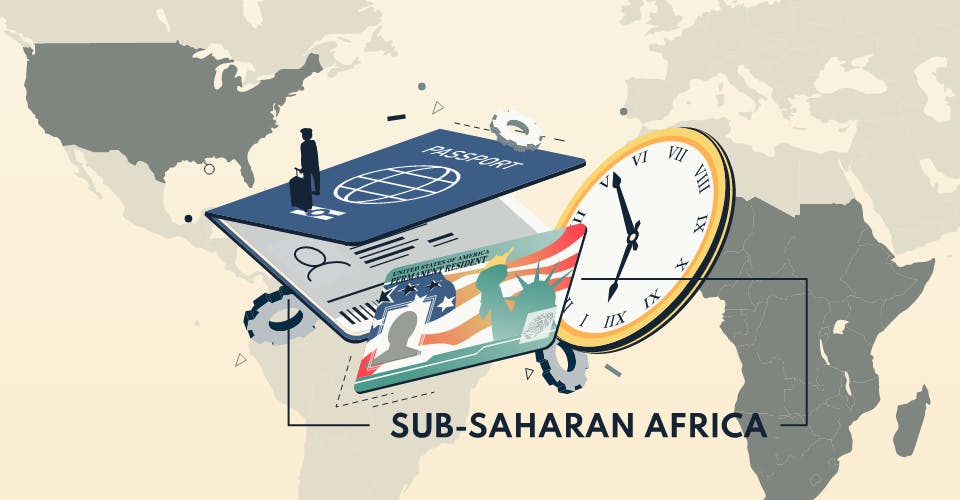The United States immigrant population has undergone somewhat dramatic shifts in the 21st century. The U.S. has seen new waves of migration from sub-Saharan Africa in particular in the past two decades. While migration from this region has steadily increased, ironically many Americans hold the belief that most of the immigrants coming to the United States are either from Mexico or other Latin American countries, although this is a vast misconception that misses critical data and realities about the foreign born diaspora in the United States.
In this post, we will take a closer look at some of the most recent data that has ben published by Migration Policy Institute (MPI) in regards to individuals who have to come to the United States from sub-Saharan African countries.
First off, it must be mentioned that in 1990, there were only about 265,000 immigrants in the United States from sub-Saharan Africa (irrespective of their path to the United States). However, the number of immigrants from sub-Saharan Africa has grown exponentially since, and per 2019 data, there were approximately 2,100,000 immigrants in the U.S. from sub-Saharan African countries.[1]
As the number of immigrants from sub-Saharan Africa has grown over the years, this has also resulted in an increasingly larger share of legal permanent residents from the region. However, unlike immigrants from some nationalities, such as India, immigrants from sub-Saharan Africa do not usually become eligible for an adjustment of status via an employment based EB-1, EB-2, or H1-B visa. In fact, there is a large share of immigrants from sub-Saharan Africa who have come to the U.S. under the refugee status designation, and have waited lawfully in the U.S. until they are eligible for an AOS (three years).
MPI estimates about 9 percent, or 63,200 of the 707,400 immigrants who became lawful permanent residents in 2020 were from sub-Saharan Africa.[2] In three years, all of these individuals will then become eligible to apply for naturalization in the U.S. Thus we can see how exponentially immigration from sub-Saharan Africa can grow once these individuals who become U.S. citizens can then petition for immediate relatives to join them in the U.S.
In addition, another main pathway that immigrants from sub-Saharan Africa take in order to become green card holders in the U.S. is through immediate relative petitions filed with the USCIS. The diversity visa lottery (DV), or green card lottery is also another path of immigration that benefits immigrants from sub-Saharan Africa because of the fact that several countries from the region are underrepresented in the U.S. immigrant diaspora.
While these pathways to legal permanent residence are not any “easier” than securing an employment based green card to the United States, the fact that so many immigrants from sub-Saharan Africa come as refugees or immediate relatives is indicative of two main unique features of immigration from this region:
- Unlike temporary non-immigrant visa holders, many immigrants from sub-Saharan African countries have an EAD they can renew, and can become eligible for LPR status within three years.
- The incentive to stay in the U.S. and become a U.S. citizen is very high for sub-Saharan African immigrants given that petitioning an immediate family member does not have an extreme wait time like some other immigrant categories.














